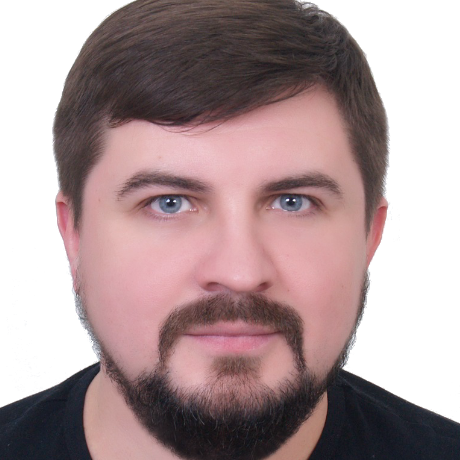
Oleksii O. Strelnytskyi
Work place: Kharkiv National University of Radio Elec0tronics, Kharkiv, Ukraine
E-mail: olekcii.strelnytskyi@nure.ua
Website:
Research Interests: Computer systems and computational processes, Information Systems, Data Structures and Algorithms, Analysis of Algorithms, Models of Computation
Biography
Oleksii Strelnytskyi graduated (M.Sc.) from Kharkiv National University of Radio Electronics in 2006. He got his Ph.D. in Radiotechnical and TV systems in 2010. He is currently working as Associate Professor of Department of Computer Radio Engineering and Technical Information Security, Kharkiv National University of Radio Electronics. He has currently published more than 100 publications including 3 monographs and textbook. He is a scientific adviser of the educational-scientific laboratory «Physical Bases, Technologies of Construction and Security of Wireless Information Systems».
His current research interests are Information and Telecommunication Technologies; Issue of Impedance of Information Transmission Systems; Radio Communication and Radio Frequency Monitoring Systems; Radio Electronic Protection of Objects and Information.
Author Articles
Optimization of Secondary Surveillance Radar Data Processing
By Oleksii O. Strelnytskyi Iryna V. Svyd Ivan I. Obod Oleksandr S. Maltsev Ganna E. Zavolodko
DOI: https://doi.org/10.5815/ijisa.2019.05.01, Pub. Date: 8 May 2019
Secondary surveillance radar (SSR) performs one of the main functions of information service for consumers of the airspace control system. To improve the quality the SSR information is processed using modern information technology. The use of a consistent procedure for processing surveillance system data, due to the functionally completed stages of processing, made it possible to formalize the data processing procedure. However, this significantly limited, and in some cases excluded, the opportunities for inter-stage optimization of data processing. The SSR data processing structure synthesis and analysis are considered in this paper making it possible to perform a joint optimization of signal processing and primary processing of data, as well as to improve the quality of data processing.
[...] Read more.Other Articles
Subscribe to receive issue release notifications and newsletters from MECS Press journals